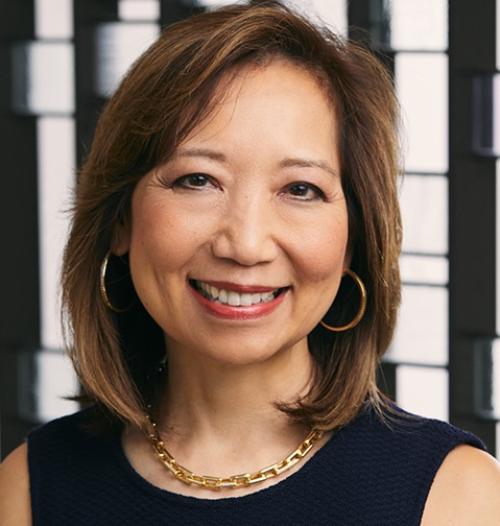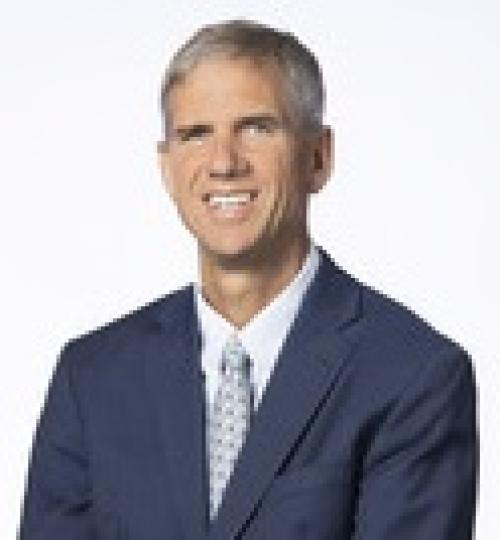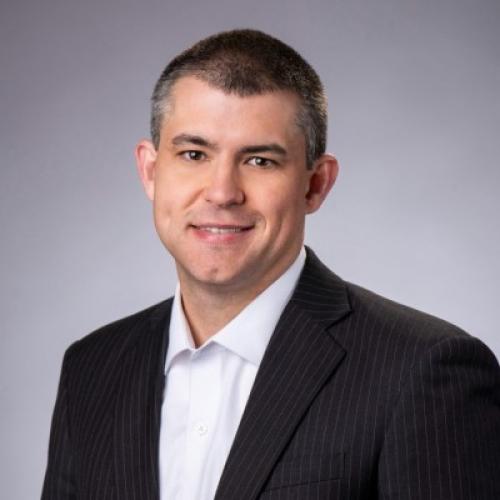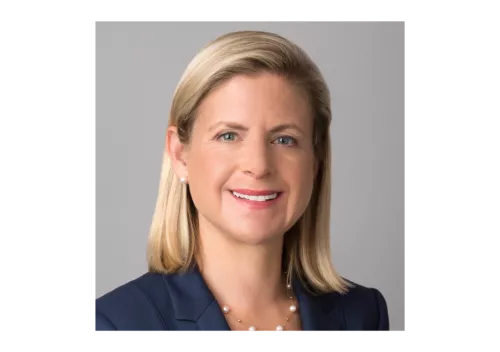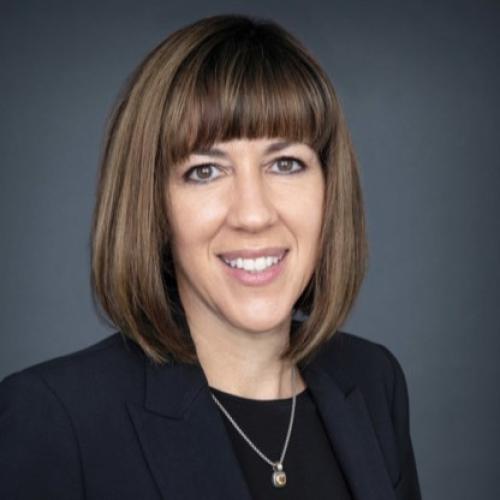Standing tall during a spin-off
In October 2014, HP’s CEO Meg Whitman announced plans to split the firm into two Fortune 100 companies: HP and Hewlett Packard Enterprise. The former would focus on PCs and printers, the latter on servers, storage, networking, converged systems, services and software.
This became the largest corporate split in history and was finalized in October 2015. Katie Colendich, who has been with HP for three years and served as associate general counsel for two, led the corporate securities team in establishing new governance for HP and ensuring compliance and consistency of historically strong governance practices throughout the transition.
Colendich was instrumental in the formation of a new board for HP. She started out as the legal support to the nominating committee, where she proved to be a champion of diversity. ‘We focused on diversity of experience, age, gender and ethnicity,’ she says. ‘I helped to document that throughout the process and made sure it was on the agenda for every meeting.’
With the board confirmed, Colendich provided onboarding and orientation programs for the nine new directors and instituted a ‘buddy program’, where each new board member is paired with a member of the executive leadership team.
This has given HP’s new directors direct access to the company’s corporate leaders beyond the CEO and CFO. ‘It’s been really mutually beneficial,’ says Colendich. ‘There’s a healthy exchange of ideas.’
Colendich’s responsibilities reached much further than establishing the new board, however. She conducted a review of the company’s governance policies (including charter by-laws) and corporate governance guidelines, and developed training and online communications for HP’s new senior management team.
And if all that wasn’t enough, she was also responsible for HP’s first SEC filings, its first annual meeting of stockholders and its first proxy statement.
‘I’m trying to simplify what we do,’ she says. ‘We have a 78-year history. I’m focused on breaking apart the old process and workstream to do it better, faster and more efficiently, but with the same high degree of diligence and compliance.’
Having been so involved in such a large corporate spin-off, what has Colendich learned about herself and her role? ‘The separation helped me think on my feet,’ she says. ‘I normally create extensive plans, but I found I spent most of my time on things you can’t plan for. I’ve had to do a lot of work with new teams, explaining why legal advice is important and why it matters to have partners within the legal department. We’re not just geeky people who say yes or no. Being able to explain that is a great skill.’




